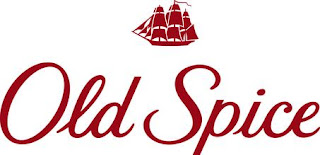The Guardian:
Media Language- has its own set logo for the four editions
'accused'- victimises the Queen, almost as though she is unaware of what is happening which makes her venerable.
'contraversal'- wouldn't be excepted from the Queen with her position in society.
'exploiting'- could be talking about the poor and how they are vunrable.
Large amount of copy- the yellow presents the paradise papers which catches the audience attention.
More stories about the current news issue to portray more evidence .
Media Industries-
negative language- 'accused' 'exploiting' 'controversial'
Left wing (broadsheet) socialist ideologies- puts interest to those involved.
Media Audience-
Left wing broadsheet newspaper socialist ideologies/ news values
This would appeal to its target audience, cause they believe this is wrong - this article presents a capitalist perspective/ ideologies.
Media Representation-
Palm trees and logos would suggest money and wealth
The wealth are always on holiday or spending money on luxury items.
This is supported by the 'money' icon logo, in the centre of the paper. This represented throughout the paper which is the idea of money.







